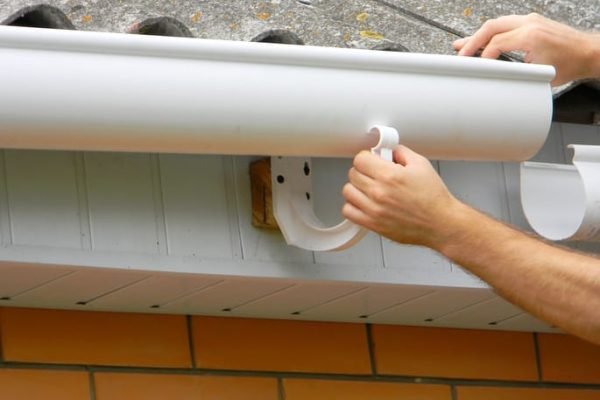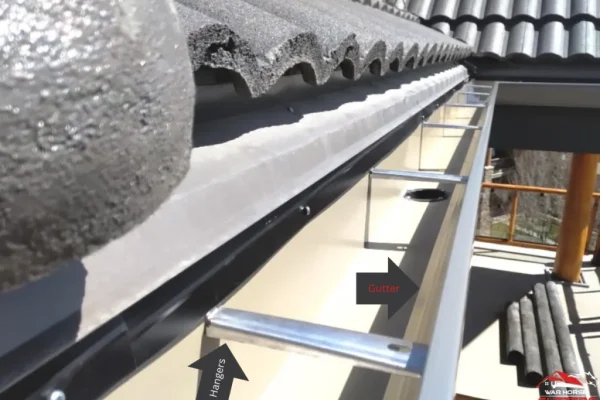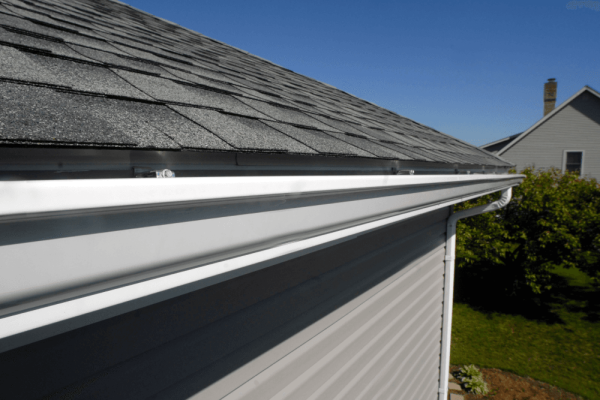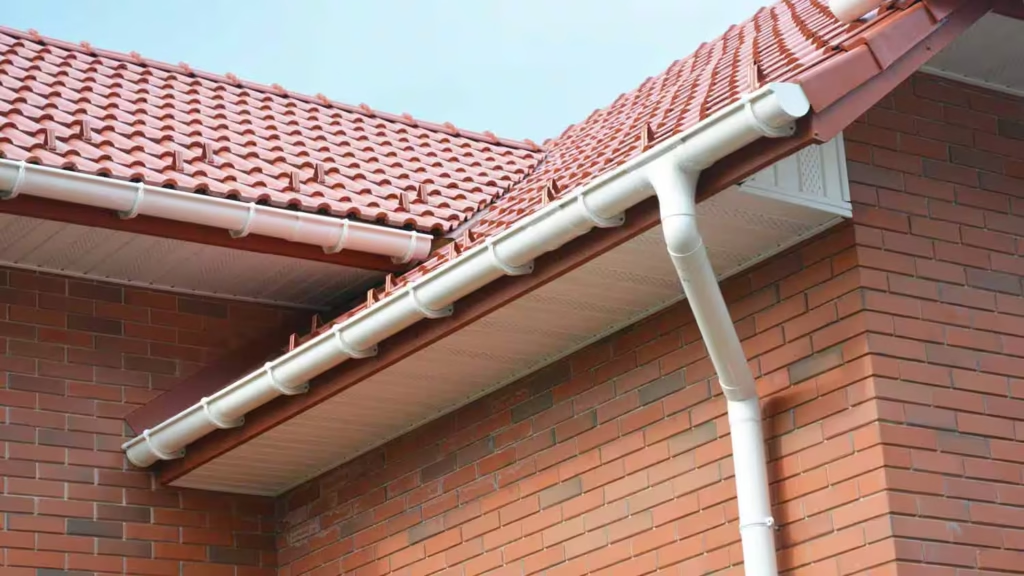- 022 315 8987
- info@myhomesconstruct.co.nz
Imagine a wild Auckland storm—winds howling at 80 km/h, rain pelting your roof at 100 mm in a single day. Your gutters should be channeling that deluge away, but instead, they sag, overflow, and send water crashing into your home’s foundation. The reason? Improper gutter hanger spacing. This critical detail can turn a robust roof drainage system into a costly headache. Whether you’re an Auckland homeowner tackling a DIY gutter installation, a contractor ensuring a professional setup, a roofing pro refining your skills, or a handyman fixing an aging system, getting hanger spacing right is essential. In this comprehensive guide, we’ll explore the science of gutter hanger spacing—industry standards, climate-specific adjustments (including Auckland’s unique conditions), step-by-step instructions, and expert insights—to ensure your gutters withstand everything from summer downpours to winter gales.
Gutter hangers—also called support brackets or clips—are the unsung heroes anchoring your gutters to the fascia board. They distribute weight, maintain alignment, and keep water flowing where it belongs. Here’s why spacing them correctly is a game-changer:
The stakes are real. The National Association of Home Builders (NAHB) reports that poorly installed gutters contribute to over 60% of residential water damage claims globally, costing $5,000-$10,000 per incident. In New Zealand, a 2022 Insurance Council report noted that water damage claims spiked 15% during Auckland’s wettest year on record (2021), with sagging gutters a frequent culprit. Proper spacing isn’t just technical—it’s your home’s first defense.


How far apart should gutter hangers be? It depends on gutter material, climate, and local conditions—especially in a place like Auckland. Let’s break it down.
Auckland’s climate—temperate, wet, and windy—shapes spacing needs. NIWA data shows an average of 137 rainy days per year, with peak months (June-August) delivering 130-150 mm monthly. Winds hit 80 km/h during storms, per MetService records. Local roofing experts, like Auckland’s Total Roofing, recommend 24-inch spacing as a baseline, tightening to 18 inches in exposed areas (e.g., West Auckland or coastal suburbs like Devonport). The Building Code (NZBC E2/AS1) doesn’t specify hanger spacing but mandates gutters withstand local weather loads—24 inches meets this for most setups.


Spacing isn’t a one-size-fits-all rule—it’s tailored to your home and location. Here’s what to consider, with Auckland in focus:
In 2022, an Epsom homeowner reported sagging aluminum gutters spaced at 36 inches after a 120 mm rain event. A local contractor re-spaced them to 24 inches, adding two extra hangers per 10-meter run. No issues followed, even during the 2023 Auckland Anniversary Weekend floods—proof spacing matters locally.



Ready to install gutters in Auckland or beyond? This step-by-step guide ensures precision and durability.
Fixes: Add hangers if sagging occurs—spot repairs beat full replacements.
No Level: Uneven gutters drain poorly—check religiously.
Q: How far apart in Auckland’s climate?
A: 24 inches standard, 18 inches in windy or wet areas (e.g., West Auckland).
Q: Can I skimp on hangers?
A: No—sagging costs more than the $2 per hanger you’d save.
Q: Seamless vs. sectional in Auckland?
A: Seamless needs 24 inches; sectional needs seam support plus 24-36 inches.
Q: How do I test spacing?
A: Flex less than 6 mm and no pooling after rain—good to go.
Q: Vinyl in Auckland summers?
A: 20-24 inches—handles 30°C heat expansion.
Gutter hanger spacing—24-36 inches generally, 18-24 inches in Auckland’s wet, windy climate—is the key to a resilient roof drainage system. With local rainfall stats, wind risks, and examples like Epsom’s fix, you’re set to install gutters that last. Want a diagram of Auckland-specific spacing? Let me know if I should confirm generating one!
Get measuring, and protect your home—Auckland weather waits for no one!
WhatsApp us